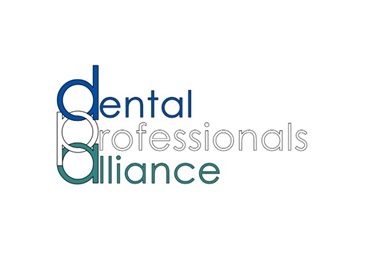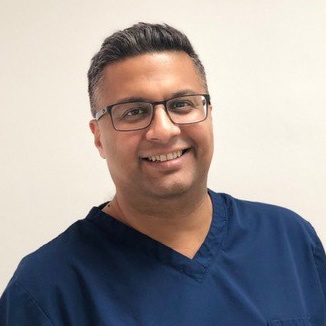Responding to COVID-19: caring for patients in uncertain times
We have been getting a lot of questions – very understandably – about what dental professionals should do in the face of the spread of COVID-19 and how they should best protect their patients and themselves in these unprecedented circumstances. And there is lots of concern – and some anger – about why the GDC is not doing more to provide direction and guidance.
Some of those questions are for us to answer and we are doing our best to be clear and helpful on those. But many of them are about clinical best practice. The GDC doesn’t set detailed clinical standards because that is not what we are here for. The health authorities of the four nations are the authoritative source of such guidance and, in the context of COVID-19, we have done what we can to help ensure that their guidance is readily available. There is no value in our duplicating their advice, and still less in our providing contradictory guidance. That is why we have signposted to their guidance rather than seeking to issue our own.
The central question which is for us to answer is whether registrants are putting themselves at risk of facing concerns about their fitness to practise because of how they respond to COVID-19. Along with the other healthcare regulators, we have made clear that the context in which treatment is given is very relevant, and that it may be necessary to adapt procedures to that context. We have no interest in penalising well-grounded professional judgements about how best to meet patients’ needs, including where that judgement is to reduce or stop activity.
Much of that in turn comes down to a pragmatic assessment of risk. Where the risk of infection – from patient to practice staff or the other way round – is greater than the risk to the patient of not providing treatment, it will be in everybody’s interest not to go ahead. That is increasingly likely to mean that there are some patients who should not be treated and some treatments which should not be offered in a general practice environment, to protect the safety of the dental team and of other patients. Where those lines are best drawn at any given time will again be for the health authorities of each nation to decide, for our part we can say very clearly that we will respect professional judgements made on that basis. Where higher risk treatment is urgently needed for higher risk patients, again each nation is providing clinical environments where that treatment can be safely undertaken.
At the GDC, we are making our own version of that pragmatic risk assessment. We are very much continuing to operate, but we have dispersed our staff to minimise the risk of infection spreading and to maximise our chances of being able to keep working. The one exception is that we are postponing most fitness to practise hearings. That’s because we need to minimise the risk of infection for everyone attending hearings, not just GDC staff. Nevertheless, hearings will continue where we judge that the risk to patient safety of not proceeding is greater than the risk of bringing the participants in the hearing together. We are also exploring technical solutions to enable virtual hearings to become an option.
These are anxious times. Dental professionals are needing to balance concerns for themselves and their teams, concerns for their patients, and in many cases concerns about sustaining their income if the flow of patients dries up. We can’t remove the need for professionals to make those choices, but we can and will avoid doing anything which makes them harder.
 eGDC
eGDC









